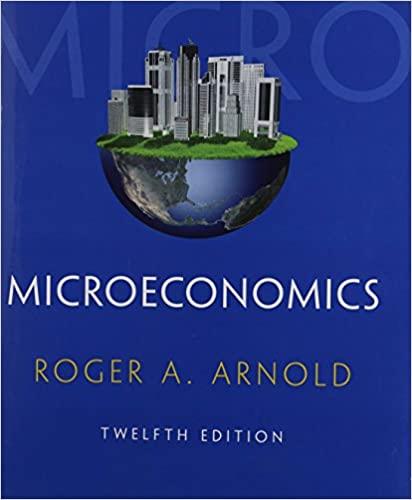Question
Nissan and NEC jointly established Automotive Energy Supply Corporation (AESC) to manufacture high-performance lithium-ion batteries. AESC invested over $1 billion in new plants at Zama
Nissan and NEC jointly established Automotive Energy Supply Corporation (AESC) to manufacture high-performance lithium-ion batteries. AESC invested over $1 billion in new plants at Zama (Japan), Sunderland (Britain), and Smyrna (Tennessee) with capacity to manufacture up to 500,000 batteries a year. The Sunderland and Smyrna plants are co-located with Nissan car manufacturing. Nissan contracted with NEC to buy electrodes for 220,000 units of 24kWh batteries a year. However, the demand for electric cars grew less than projected. In 2013, Nissan and strategic partner, Renault, sold just 67,000 electric cars. Further, AESC's cost of production was higher than that of external competitor LG Chem of South Korea. (Source: "Nissan faces battery plant cuts as electric car hopes fade", Reuters, September 15, 2014.)
Evaluate the specificity of AESC's investment in the Sunderland and Smyrna plants.
What holdup problem does NEC face?
Why would Nissan contract to buy a minimum number of electrodes each year from NEC?
How do the following explain why AESC cannot produce as cheaply as LG Chem? (i) Economies of scale; and (ii) Experience curve.
In light of (d), explain the costs and benefits of vertical integration.
Step by Step Solution
There are 3 Steps involved in it
Step: 1

Get Instant Access to Expert-Tailored Solutions
See step-by-step solutions with expert insights and AI powered tools for academic success
Step: 2

Step: 3

Ace Your Homework with AI
Get the answers you need in no time with our AI-driven, step-by-step assistance
Get Started


